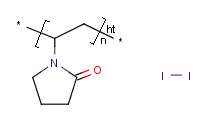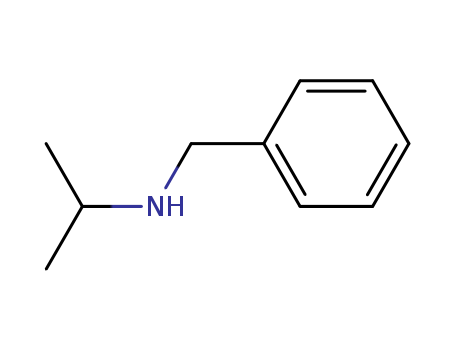
24937-78-8
- Product Name:Ethylene-vinyl acetate copolymer
- Molecular Formula:(C2H4)x.(C4H6O2)y
- Purity:99%
- Molecular Weight:114.14200
Product Details;
CasNo: 24937-78-8
Molecular Formula: (C2H4)x.(C4H6O2)y
Appearance: solid
Reliable Quality Factory Supply High Purity Ethylene-vinyl acetate copolymer 24937-78-8 Efficient Delivery
- Molecular Formula:(C2H4)x.(C4H6O2)y
- Molecular Weight:114.14200
- Appearance/Colour:solid
- Vapor Pressure:0.714mmHg at 25°C
- Melting Point:99oC
- Boiling Point:170.6oC at 760mmHg
- Flash Point:260oC
- PSA:26.30000
- Density:0.948 g/mL at 25oC
- LogP:1.49520
Ethylene-vinyl acetate copolymer(Cas 24937-78-8) Usage
|
Description |
Ethylene-vinyl acetate (EVA), also known as poly(ethylene-vinyl acetate) (PEVA), is a copolymer consisting of ethylene and vinyl acetate monomers. The proportion of vinyl acetate typically ranges from 10% to 50%, with ethylene comprising the remainder of the polymer. |
|
Physical properties |
Ethylene vinyl acetate is available as white waxy solids in pellet or powder form. Films are translucent. |
|
Uses |
EVA is widely utilized in the footwear industry for its lightweight nature and excellent foamability performance. It is commonly found in athletic shoes, sandals, and other recreational footwear due to its cushioning and shock-absorbing properties. Additionally, EVA is used in sports equipment, such as padding for helmets and protective gear, and in leisure products like pool floats and yoga mats. EVA is utilized worldwide for the encapsulation of photovoltaic (PV) modules in solar panel applications. Its properties, such as high electrical resistivity, low processing and cross-linking temperatures, low water absorption ratio, and good optical transmission, make it an excellent material for encapsulating solar cells. EVA encapsulation helps protect PV modules from environmental factors while allowing efficient light transmission for energy conversion. |
InChI:InChI=1/C4H6O2.C2H4/c1-2-3-4(5)6;1-2/h2H,1,3H2,(H,5,6);1-2H2
24937-78-8 Relevant articles
Ethylene-vinyl acetate (EVA) copolymers: a general review
A.M. Henderson
IEEE Electrical Insulation Ma... >Volume: 9 Issue: 1
A general review of Ethylene-vinyl acetate (EVA) copolymers is given. The following items are reviewed: EVA copolymer development, methods of manufacture, fundamental structural attributes, typical properties, processing and applications.
Investigation of Ethylene/Vinyl Acetate Copolymer (EVA) by thermal analysis DSC and DMA
W. Stark, M. Jaunich
Polymer Testing Volume 30, Issue 2, April 2011, Pages 236-242
Two types of commercially applied Ethylene/Vinyl Acetate Copolymers (EVA) for encapsulation of photovoltaic modules were investigated by the thermal analysis methods of Differential Scanning Calorimetry (DSC) and Dynamic Mechanical Analysis (DMA) in the temperature range from −150 °C to 200 °C.
Encapsulation of PV modules using ethylene vinyl acetate copolymer as a pottant: A critical review
A.W. Czanderna, F.J. Pern
Solar Energy Materials and Solar Cells Volume 43, Issue 2, 1 September 1996, Pages 101-181
The general stability of polymers and their desirable bulk properties for solar utilization are given. The stabilization formulation for EVA, its effectiveness, and changes in it during degradation are discussed.
Relevant Products
-
Povidone iodine
CAS:25655-41-8
-
Liraglutide
CAS:204656-20-2
-
N-Isopropylbenzylamine
CAS:102-97-6







